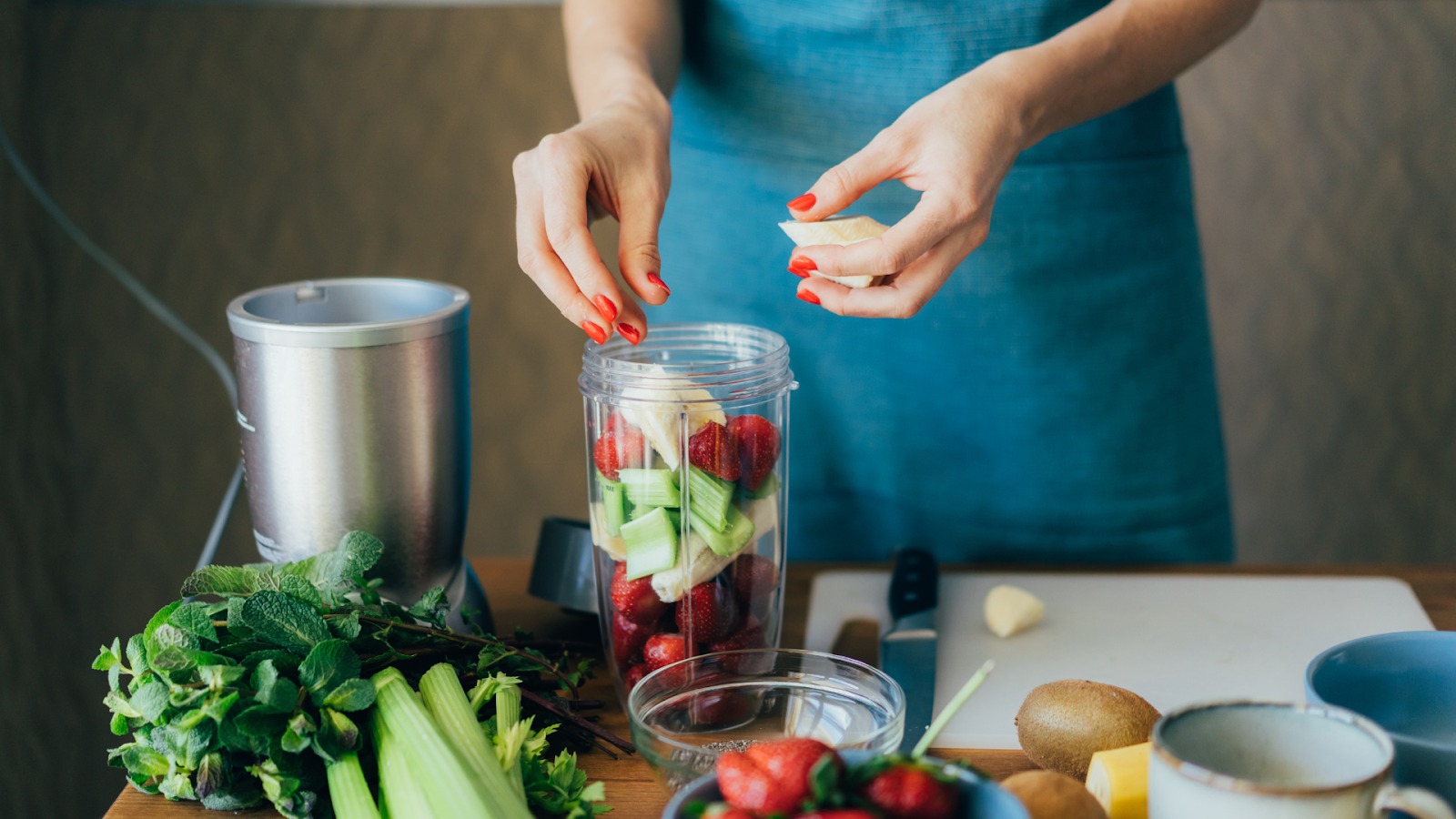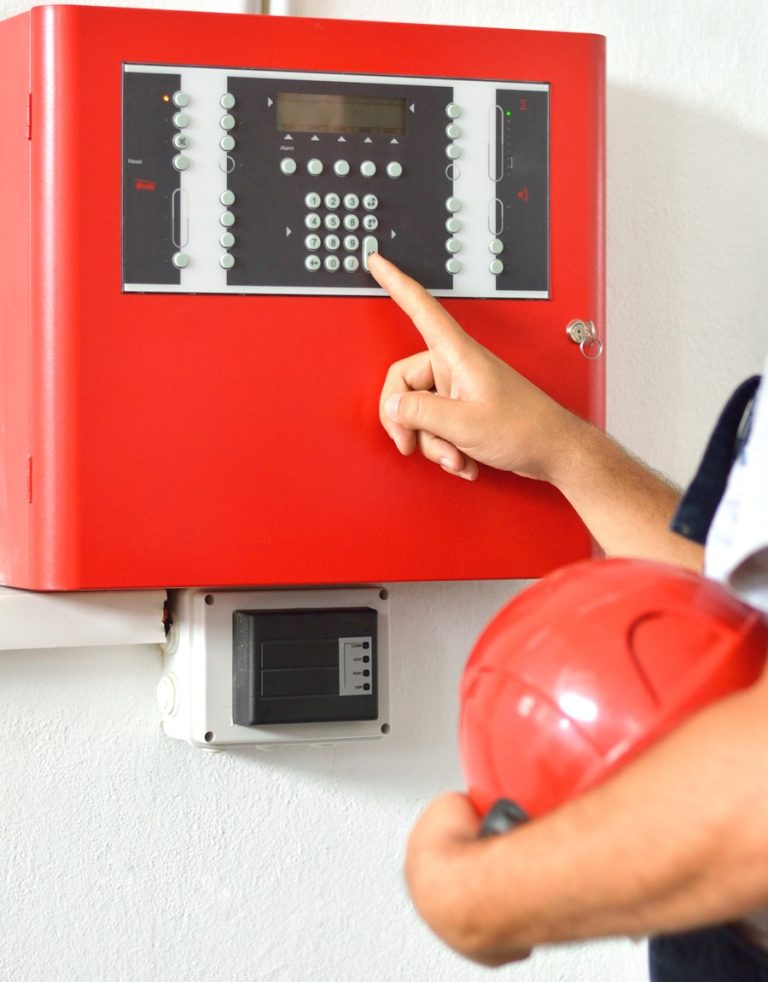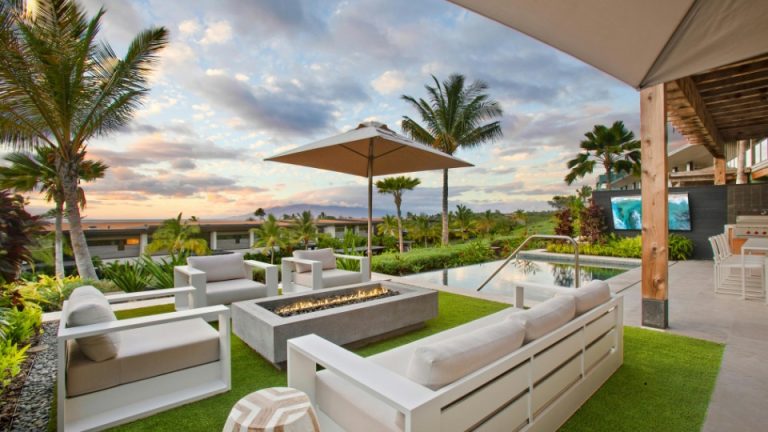The Ultimate Guide to Choosing the Right Blender for Your Home
Walk into any appliance store and you’ll face an avalanche of blender options. Hundreds of them. It’s enough to make your head spin, honestly. You need something practical, a machine that handles your everyday tasks without draining your wallet or hogging precious counter space. Here’s what happens most often: people purchase the wrong equipment because they’re unclear about which specifications genuinely matter.
This blueprint strips away the sales pitches and reveals exactly how to choose a blender that aligns with your routine. Morning smoothies? Cocktail ice? Homemade soup experiments? We’re addressing all of it. From motor specifications to what your container should be made of, you’ll sidestep expensive missteps and that sinking feeling of buyer’s regret.
Figuring Out What You Actually Need From a Blender
Before choosing, think about real use. A 64 oz jar is perfect for families or batch smoothies, while smaller jars suit solo shakes, soups, or nut butters. Usage defines value.
Taking Stock of How Often You’ll Actually Use It
Someone making individual portions requires different machinery than someone batch-prepping for four people. Blend twice daily? Durability just jumped to the top of your priority list. Lower-quality machines burn out surprisingly fast when you’re using them constantly.
How frequently will this thing run? Daily operators need construction that endures punishment, while occasional users can compromise on robustness. Early morning challenges—like pulverizing frozen berries before coffee kicks in, reveal whether a motor has genuine strength or just marketing bluster.
What Are You Really Making With This Thing?
Smoothie devotees need completely different capabilities than someone making puréed soups. The best blender for smoothies typically powers through frozen components and tough leafy greens without sputtering. Green drink fans especially require motors that won’t leave fibrous kale bits swimming in their glass.
Interested in hot soups? A model such as the blendtec blender has technology that utilizes friction heat to heat your ingredients, spinning at such high speeds that it can actually cook soup right in the container. When you pause to consider that capability, it’s genuinely remarkable engineering.
Crushing ice for frozen margaritas demands serious blade construction. Nut butter production pushes motors to their absolute threshold. Baby food requires unwavering smoothness with zero texture inconsistencies.
Where Will This Thing Actually Live?
Counter space is premium real estate in most kitchens. Full-sized blenders need permanent positions or they’ll gather dust. Cabinet storage sounds logical until you realize you won’t bother retrieving it regularly.
Personal blender systems provide compact solutions. They’re brilliant for cramped kitchens but cap your portion sizes. Before purchasing anything, visualize where it’ll actually sit day-to-day.
The Features That Genuinely Impact Your Results
Time for the technical elements that actually influence blending outcomes. We’ll keep this straightforward.
Power Ratings and What They Actually Mean
Wattage indicates electrical consumption, while horsepower measures mechanical output. Marketing departments love inflating horsepower figures, so concentrate on wattage instead. For the best blender for home use, you’re looking at 600 watts minimum for fundamental tasks.
Serious applications require 1,000+ watts. Peak power statistics can mislead—they represent momentary spikes, not sustained capability. Continuous running power determines everyday performance.
Thermal protection stops overheating during marathon blending sessions. Quality motors shut down automatically before damage happens. This safeguard separates reliable equipment from potential hazards.
Blade Construction and What Works Best
Stainless steel blades fight corrosion and hold their edge longer than inferior materials. Hardened steel configurations cost more upfront but maintain performance for years without degrading. That’s a worthwhile investment.
Blade geometry determines circulation patterns. Angled designs pull ingredients downward, establishing superior flow. Flat blades function differently, forcing ingredients toward the sides. Multi-level systems merge both strategies for maximum effectiveness.
Certain manufacturers offer replaceable blade assemblies, while others permanently seal them. Replaceable components extend your equipment’s useful life considerably. Verify this specification before committing.
Container Composition and Size Selection
Glass containers look attractive and resist scratching, but they’re weighty and fragile. BPA-free plastic alternatives like Tritan provide toughness without health risks. They’re lighter and won’t shatter when dropped.
Stainless steel vessels maintain temperature exceptionally well for hot preparations or frozen concoctions. Capacity spans from 32oz personal sizes to 90oz family versions. Match the dimensions to your household’s genuine requirements, not idealized scenarios.
Larger containers demand more liquid for proper operation. A 90oz jar struggles with single servings; ingredients won’t contact the blades effectively.
What’s Actually Worth Buying Right Now
Let’s discuss what deserves your money in today’s market. The landscape has evolved considerably lately, with newer models delivering superior value.
Premium Options That Deliver Consistent Results
High-end blenders produce reliable outcomes year after year. The Vitamix Professional Series 750 continues earning praise with programmed settings and adjustable speed control. Expensive? Absolutely. Disappointing? Rarely.
The Ninja Mega Kitchen System brings substantial power at a friendlier price. Multiple containers for various applications are included. That adaptability attracts buyers wanting one appliance for everything.
If a chef wants to make a perfectly silky asparagus soup, they might run the blender for 3 full minutes, something a beverage blender just can’t do unless you keep your finger on the controls. This distinction carries more weight than most shoppers recognize initially.
Targeted Recommendations by Use Case
Personal blenders suit mobile lifestyles beautifully. They can’t manage family-sized meals but shine for quick, individual portions. Cup compatibility matters, verify that replacement cups exist and won’t cost a fortune.
Smart blenders with app integration sound impressive, but they frequently complicate straightforward tasks. Unless guided recipes genuinely appeal to you, conserve your funds. Touchscreen interfaces appear sophisticated but aren’t inherently superior to traditional dials.
Practical Shopping Advice and Care Guidelines
Your blender buying guide needs actionable purchasing wisdom and maintenance direction. Let’s address the essentials.
Critical Verifications Before You Buy
Confirm UL or ETL safety certifications exist. These aren’t suggestions; they’re evidence that the blender won’t shock you or ignite. Secure lid mechanisms prevent chaotic spills during operation.
Warranty coverage differs dramatically between manufacturers. Premium brands provide 7-10 year warranties, while budget alternatives offer 1-2 years maximum. That duration reveals expected longevity. Customer service reputation deserves investigation too; explore online communities for authentic user feedback.
Keeping It Clean and Functional Long-Term
Self-cleaning features simplify maintenance. Add water with a drop of soap, then run on high briefly. Most models handle this automatically. Dishwasher-safe parts streamline deep cleaning, though hand-washing prolongs their lifespan.
Difficult areas surrounding blade assemblies accumulate residue gradually. Deploy a bottle brush to access these zones regularly. Gaskets and seals need periodic examination—replace them when they loosen or deteriorate.
Immediate rinsing after use prevents stubborn accumulation. Don’t allow smoothie residue to dry on container walls. That crusted material becomes remarkably difficult to eliminate later.
Evaluating True Value Beyond Price Tags
Consider total ownership cost beyond the sticker price. Replacement components, energy usage, and expected durability all contribute to genuine value. A $400 blender lasting a decade costs less per use than a $100 model replaced every eighteen months.
Price distribution is heavily skewed towards the budget segment (<$80), indicating high price sensitivity and a highly competitive low-end market. This creates challenges for shoppers attempting to distinguish quality from junk.
Extended warranties occasionally make sense for premium equipment. Assess whether coverage duplicates manufacturer warranties or provides genuine protection. Examine the details; many exclude normal wear and tear.
Reaching Your Final Decision
Selecting the right blender doesn’t demand expertise in kitchen appliances. Concentrate on matching capabilities to your genuine needs rather than aspirational cooking fantasies. The top blenders 2025 lineup includes solutions for every budget and lifestyle, from compact personal units to commercial-grade powerhouses.
Remember that motor strength, container dimensions, and warranty protection matter more than elaborate touchscreens or smartphone connectivity. Begin with brutal honesty about your blending patterns, daily smoothie enthusiast or an occasional cocktail mixer, then choose accordingly. Your kitchen counter will appreciate thoughtful selection over impulsive purchases driven by whatever’s currently discounted.
FAQs on Choosing the Right Blender
1. How much power do I really need for daily smoothies?
You’ll want at least 600-1,000 watts for basic smoothies with fresh fruit and ice. Frozen ingredients and leafy greens require 1,200+ watts for smooth, consistent results without motor strain.
2. Are glass containers better than plastic ones?
Glass resists scratches and doesn’t absorb odors, but it’s heavier and breaks easily. Quality BPA-free plastic like Tritan offers better practicality for daily use, despite potentially clouding over time.
3. What’s the difference between expensive and budget blenders?
Premium blenders offer superior motor durability, better blade engineering, and longer warranties (7-10 years versus 1-2 years). If you blend daily, the cost-per-use often makes them more economical.







